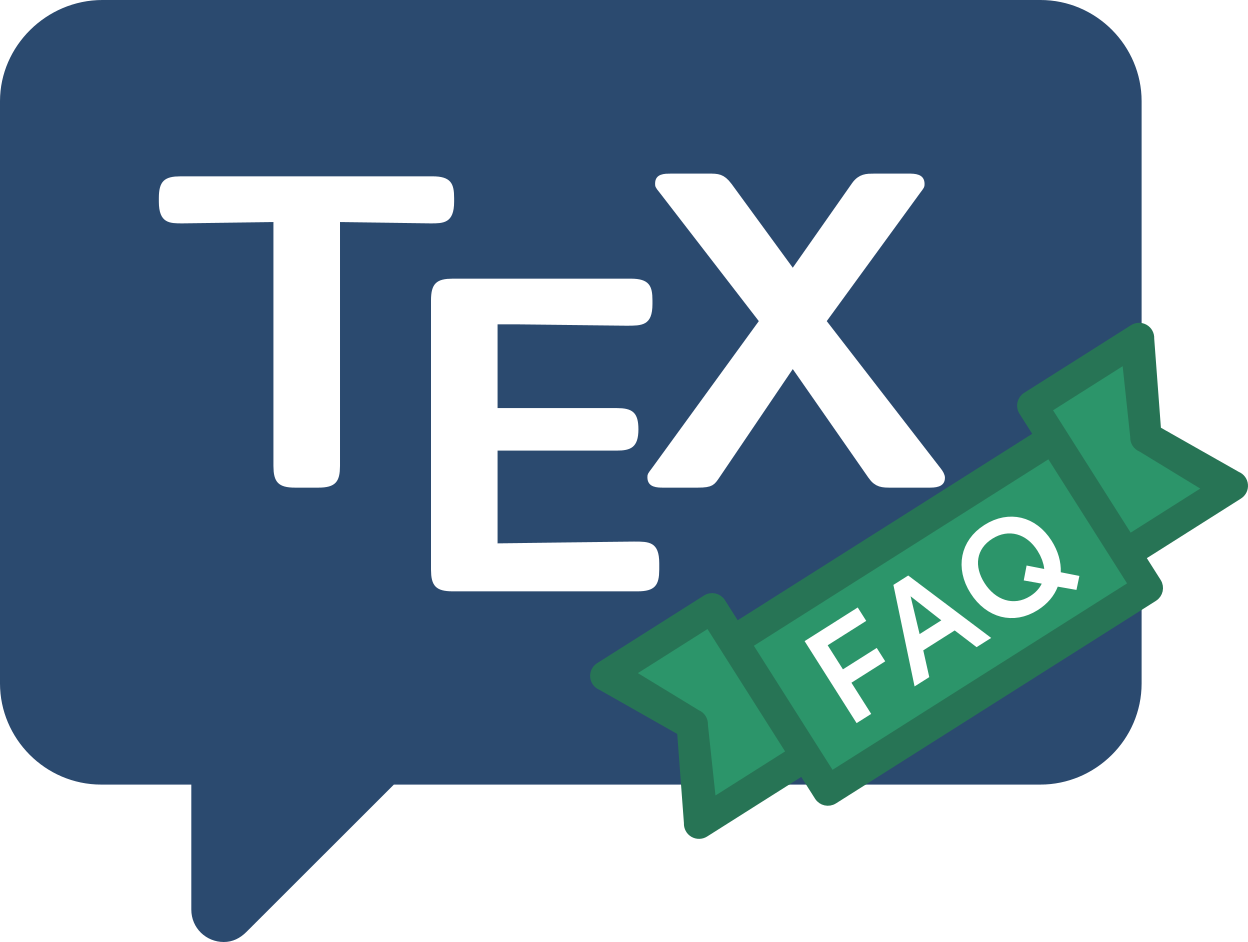
Frequently Asked Question List for TeX
Process a CSV file in LaTeX
Comma-separated-variable (CSV) files are a common means of interchanging simple data between applications; for example, most spreadsheet applications can provide files containing tables of numbers with commas between them. One can envisage these tables as “LaTeX tables”, and the packages to process them all provide table generation, one way or another.
For rather a long time, the canonical tools for dealing with such
files have been those provided in the datatool bundle;
packages in the bundle allow the user to write procedures to process
numbers, currency amounts, names, etc., and to display them in tables
(including pie charts).
The csvsimple does similar tasks. Its processing is
controlled by keys established via the pgfkeys package,
which define how each row of the CSV file is to be processed.
For usage “nearer to the bone”, one might consider the commands
\docsvlist and \forcsvlist (from the etoolbox
package). The first uses the time-honoured LaTeX technique of
changing the definition of a \do command; it runs through the
list, and processes every item of the list as the argument of the
\do command; so:
\begin{itemize}
\renewcommand*{\do}[1]{\item #1}
\docsvlist{item1, item2, {item3a, item3b}, item4}
\end{itemize}
will convert the elements of a CSV list into an itemised list.
The macro \forcsvlist applies a function to each element of a
CSV list; this can of course be used to implement
\docsvlist, at the cost of a little clarity.
FAQ ID: Q-ltx-csv